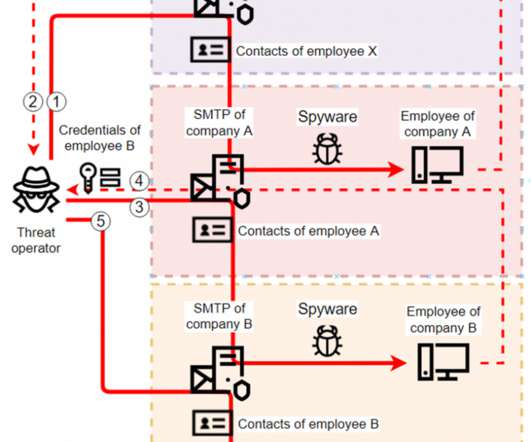Cyber Threats to the FIFA World Cup Qatar 2022
Digital Shadows
NOVEMBER 10, 2022
Threat actors can develop fake mobile apps to install adware, steal PII and financial data, extract cookies and credentials, and download further payloads (such as spyware) from a remote-controlled domain. 100% NOT a pyramid scheme Social media pages are not the only concern when it comes to brand and logo theft.


















Let's personalize your content